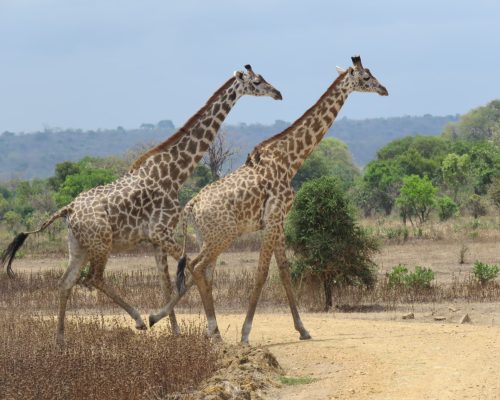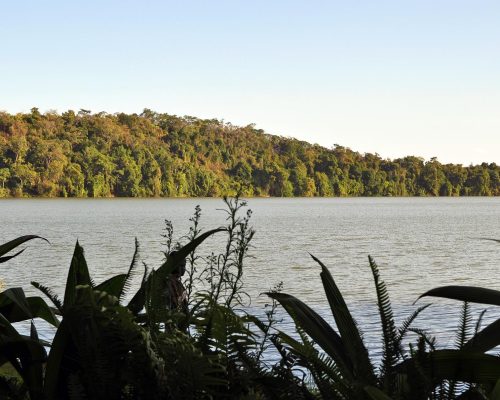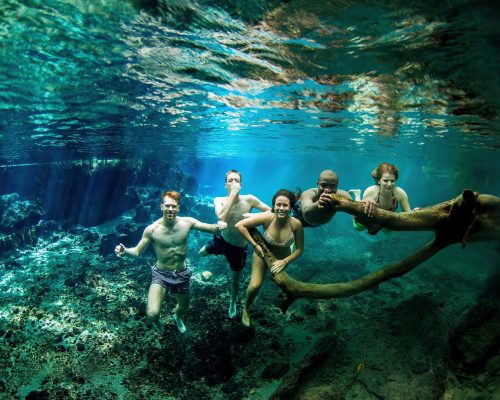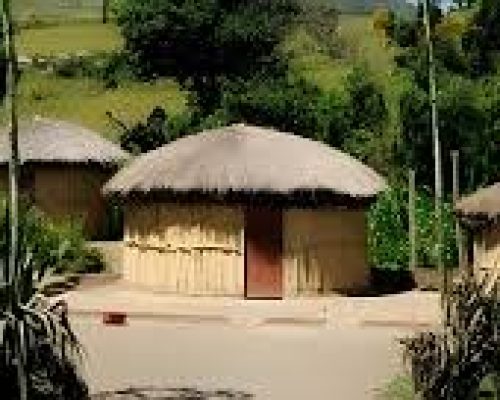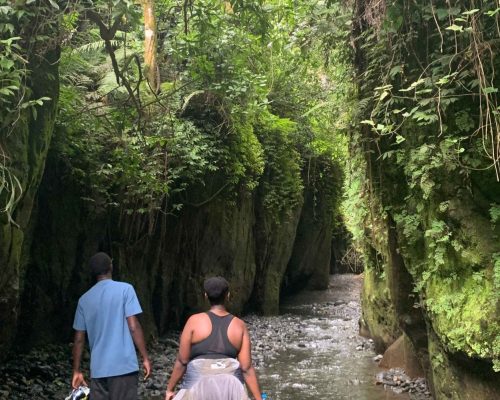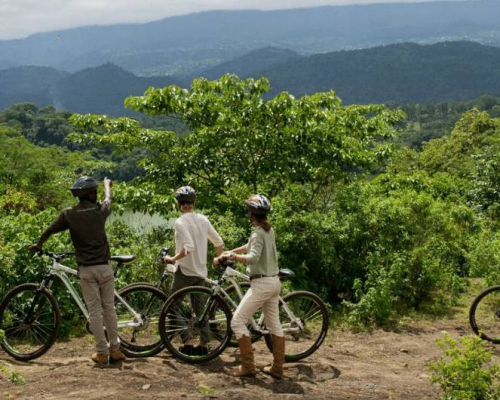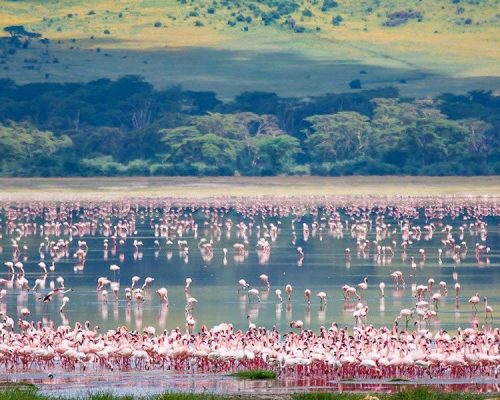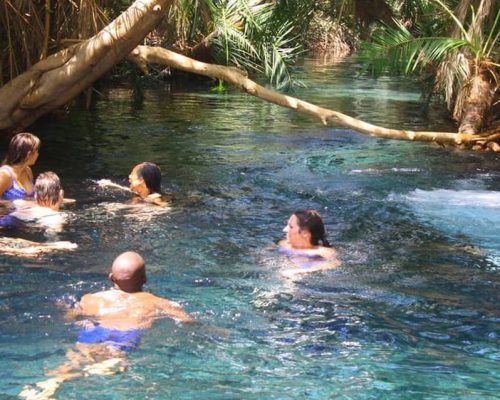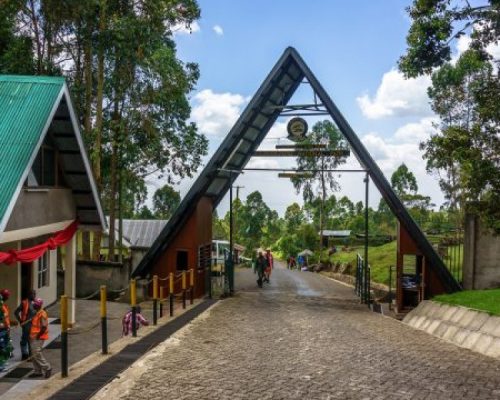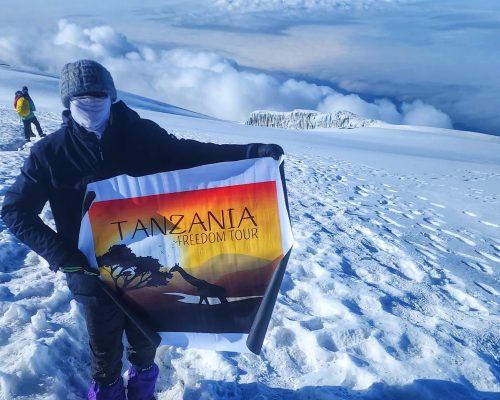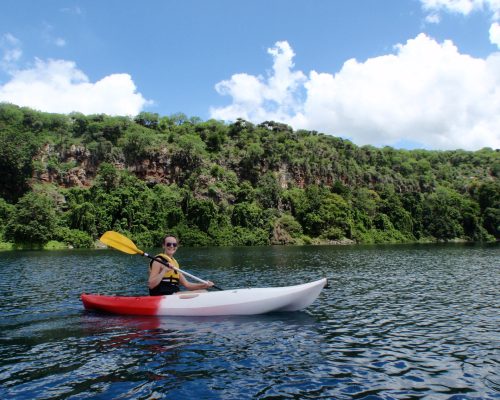Lake Manyara National Park is located in northern Tanzania, near the town of Mto wa Mbu. It covers an area of approximately 330 square kilometers and is famous for its diverse wildlife and beautiful scenery. The park is named after Lake Manyara, a shallow alkaline lake that is home to large flocks of flamingos and other waterbirds.
The climate of Lake Manyara National Park is classified as tropical, with two distinct seasons: a wet season and a dry season. The wet season runs from November to May, with the heaviest rains occurring from March to May. During this time, the park is lush and green, and the wildlife is more dispersed due to the availability of water throughout the park.
The dry season runs from June to October, with June and July being the coolest months. During this time, the park is drier, and the vegetation is more sparse, making it easier to spot wildlife. The dry season is also the best time for birdwatching, as many of the migratory bird species are present in the park during this time.
Lake Manyara National Park is home to a diverse range of wildlife, including elephants, giraffes, zebras, wildebeests, hippos, and more. The park is also known for its tree-climbing lions, which are a rare sight in other parts of Tanzania. The park is a popular destination for game drives, walking safaris, and birdwatching tours.
In addition to wildlife viewing, Lake Manyara National Park also offers stunning views of the Rift Valley and the surrounding hills. The park is a beautiful and serene destination that offers a unique combination of wildlife, scenery, and cultural experiences.



